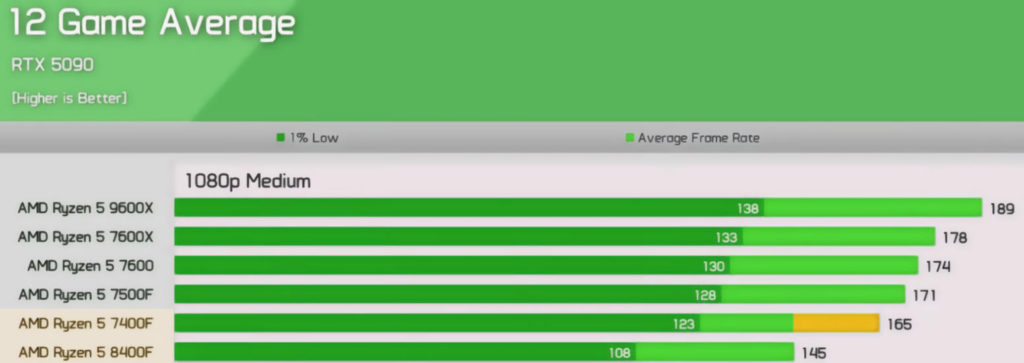What do you think of when you hear a number in a processor’s name? With AMD processors, it’s usually assumed that the higher the number in the CPU name, the better it is, and more modern than its predecessor. With processors from the “blue ones,” meaning Intel, there can be some ambiguity, but that’s not what we’re talking about today.
So, here we have two processors, seemingly from the same generation, where the Ryzen 5 8400F should be more powerful than its lower-numbered counterpart. However, surprisingly, this isn’t the case! But first, let’s dive into their specifications and what kind of processors are they?
The Ryzen 5 7400F is a desktop processor from AMD, featuring the Raphael chip. This processor houses 32 MB of L3 cache. The 8400F, however, is a different story! It was originally a mobile chip that was later repurposed for a desktop processor.
Despite its higher numbering, it has weaker specifications. It only has half the L3 cache of its predecessor. It’s worth noting that its overall structure and architecture are more refined than its predecessor.
This 16 MB cache lag isn’t critical, and many programs perform no worse as a result, but the situation in games is noticeably worse. Based on tests of a group of processors tested with the same RTX 5090 graphics card in Full HD, which included our two processors, it turned out that
in 12 games (test graph below), the Ryzen 5 8400F lags behind the 7400F by an average of about 15%. This is quite noticeable!!!
Even their price is ambiguous and raises questions. You’d think that if the higher-numbered equivalent is inferior in terms of performance, it should cost less? BUT, no! The average price for it fluctuates around €175, while for the 5 7400F it’s around €150. Therefore, an inexperienced user should carefully review tests, specifications, and sources before purchasing anything. However, to avoid such mistakes and buy a computer for your own needs that best meets your requirements without overpaying, it’s better to order a custom PC build.



